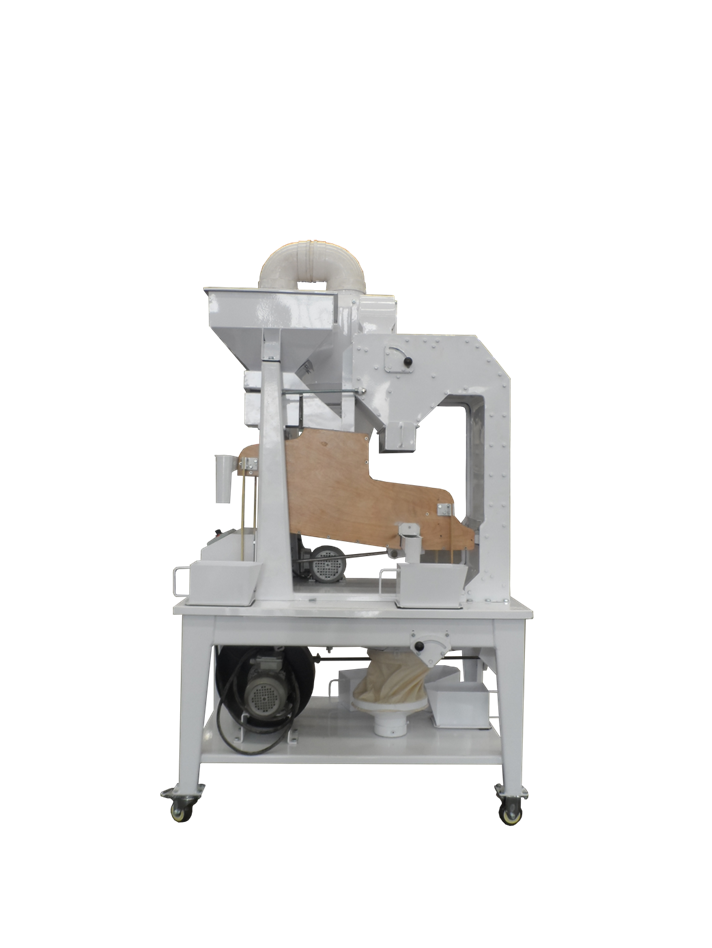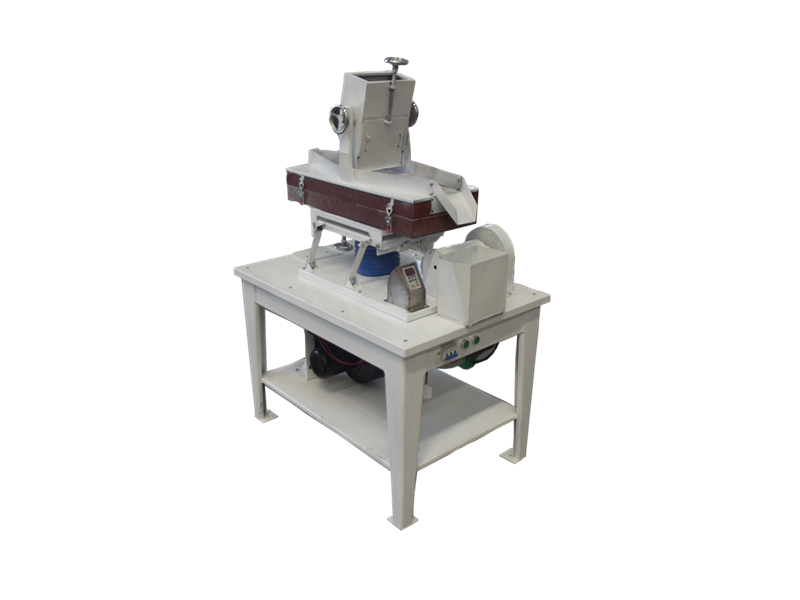Rice shell opening, no grouting and soil related
This year, Suqian City has more readers who reflect the open and non-growing phenomenon of rice hulls after heading. The reporter interviewed the head of Chen Zhizheng, a planting station in Suqian City on related issues. It is understood that the phenomenon of opening and non-grouting of glume after rice heading has occurred in the local area for three consecutive years, mainly occurring on hybrid japonica rice, and basically does not occur on japonica rice. Because of the occurrence of this phenomenon in different years, both fields of drug use and no-drug use have occurred, and therefore have little to do with climate and pesticide poisoning. According to the survey, in the past few years, this type of phenomenon occurred in rice and was confined to certain areas. In the areas dominated by hybrid rice, after the occurrence of fields, it usually occurs year after year. He believes that the appearance of husk opening and no grouting in rice is mainly related to soil factors. However, whether there is a lack of certain nutrient elements or arsenic poisoning is still unknown and needs further study. He suggested that there should be a field where rice husks are open and no grouting phenomenon, and it is better to replant japonica rice next year.
Arsenic poisoning may cause rice glumes to open and no grouting
It is understood that arsenic poisoning may lead to rice emergence after the flowering (Shuangying), glume deformity, close up, bent like a bird's beak, oysters rarely sturdy, even if the fruit is only a short green rice Immature. There are more occurrences of "drought-to-drought" fields. The main reason for the glume's glume deformity, heavy-graininess, and lack of sturdiness in rice is due to the fact that long-term, dry-land plots are replanted with rice, and arsenic in the soil is enriched in the surface soil, especially for long-term cultivation of high-yielding vegetables, resulting in relatively insufficient sulfur. Sulfur and arsenic imbalance, causing rice arsenic poisoning. In fields where cucumbers, cowpeas, and leeks were previously cultivated, sulfur is consumed more, arsenic is enriched, and poisoning is more likely to occur after rice is changed. Daejeon is surrounded by a series of trenches. There are many elements of sulfur and relatively few arsenic elements. Rice poisoning is lighter.
Prevention of arsenic poisoning measures: First, increase organic fertilizer, increase soil organic matter content, reduce the activity of toxic substances, increase rice detoxification capacity. The second is to increase the fertilizer containing sulfur elements. In the "drought-to-water" plot, pay attention to reducing the amount of nitrogenous fertilizer and phosphorous fertilizer when applying basal fertilizer. Potassium sulphate should be used for potash fertilizer. The third is to adjust the water slurry management method. The “drought-to-water†plots tend to have higher topography and are prone to drought and water shortages. It is advisable to establish an aqueous layer earlier (before spikelet differentiation) to reduce the concentration of arsenide in the soil so that it can be released earlier and avoid abrupt changes in the booting stage. The water layer was established because the rice was extremely sensitive to arsenide and the susceptibility to poisoning was not strong. The fourth is to change the farming system. Dry land rice is vulnerable to drought, and it is prone to zinc and manganese poisoning, boron poisoning and arsenic poisoning. Arsenic poisoning in the year-round fields should be changed to vegetable, corn, sweet potato and Other autumn crops, do not grow rice, and seek advantages and avoid disadvantages.
Other reasons also caused the rice shell to open and not grouting.
According to reports in the literature, during the period of ear differentiation, rice encounters unfavorable environmental conditions such as abnormally high temperature, abnormally low temperature, and rain, etc., or is stimulated by some drugs, and there are phenomena such as glume and malnutrition.
Rice booting stage, especially pollen mother cell meiosis stage, is the period in which rice has the weakest resistance to the external environment in a lifetime, and is extremely sensitive to external adverse conditions. Flooded at this time, there will be rotten ear, abnormal spikes and other phenomena. Undead young spikelets and branch stalks are degraded severely, and there are more white pods after heading, and even a malformed spike (no spikelets, only the cobs). Sometimes high-order node tillers occur in the shoots above the rice plant. In meiosis of pollen mother cells and early stage of microspore, if the daily average temperature is lower than 20°C or the daily minimum temperature is less than 17°C, physiological activities of rice encounter obstacles that can cause grain deformities and form empty shells. The low-temperature intensity increases, the number of days continues to increase, and the hazards increase significantly. Improper application of rice modifies plant growth regulators such as paclobutrazol or hormone-type herbicides such as 2A 4 sodium chloride, especially when rice is applied after jointing and overdose, it can also cause glume.
Laboratory seed equipment is designed for laboratory use as well as for small scale production in research stations, institutes, college study, seeds companies.
Lab seed cleaning/ processing equipment is our featured product. We have a wide lab equipment range. Including lab seed cleaner & grader, Lab Gravity Separator, lab destoner, lab de-awner, lab thresher, lab Indented Cylinder , lab air cleaner, lab grader, Seed Coating Machine, seed counter etc. So we can offer laboratory equipment from seeds pre-treatment like removing husking, to cleaning, until final seeds coating. Lab Seed Equipment is used for batch and continuous flow separation. Normally lab equipment is being used after one another. Finally operators get the satisfied result. The lab machines help researchers found the seeds feature data base.
All lab seed equipment is high accuracy separating rate. It can effectively remove the impurity, grade seeds by different principles as size, specific weight, length, etc.
The laboratory seed machines are all equipped with single control panel. There are frequency converters inside. Besides the control panel, there are many adjusting handles on machine too. The machine vibration, air volume, table inclination are all adjustable. And equipment sieves/sieve beds are all changeable. This make the lab seed equipment meet different type seeds processing.
Laboratory seed processing equipment is quite fit for vegetable seeds, flower seeds, grass seeds, alfafa and similar small seeds cleaning and study. Now lab seed equipment becoming our hot products.



Laboratory Seed Equipments,Lab Seed Equipment,Lab Grain Equipment,Laboratory Grain Seed Equipment
SHIJIAZHUANG SYNMEC INTERNATIONAL TRADING LIMITED , https://www.seedgraincleaner.com